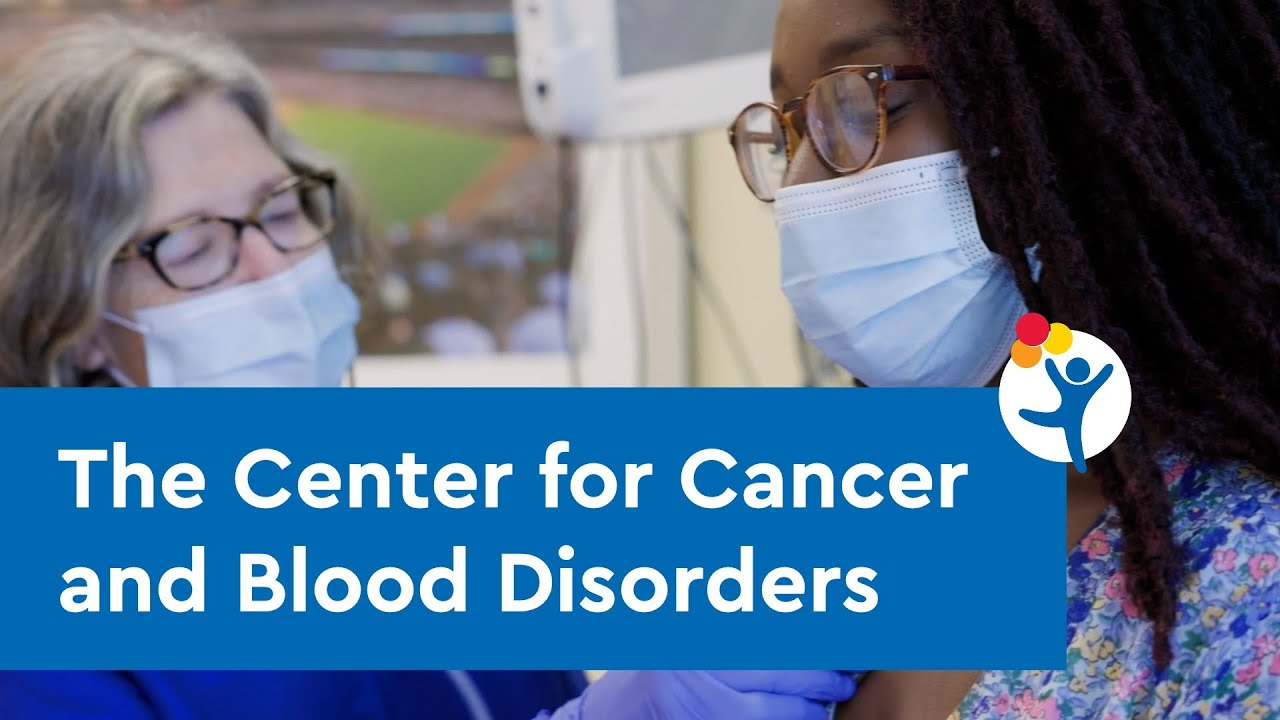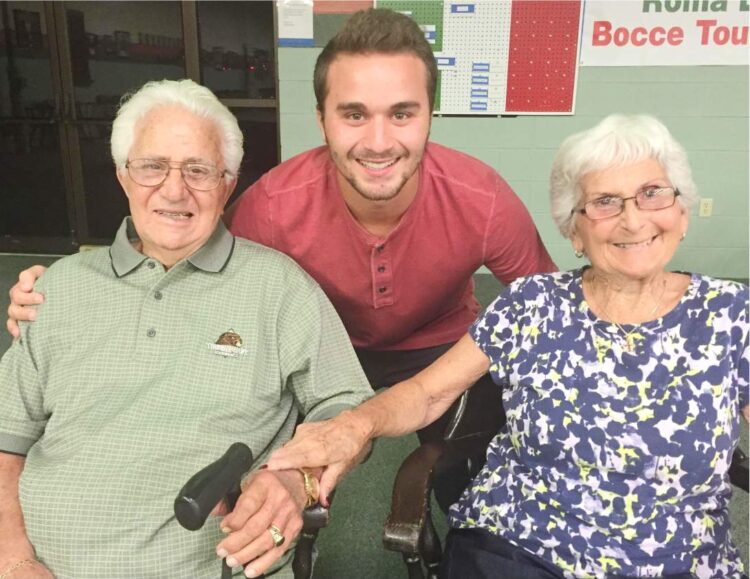
We know as physicians that it is important to communicate with patients about their preferences regarding end-of life care in order to help them make informed choices and receive optimal treatment. Many medical practitioners are not trained in the proper way to talk about these topics, or they may find it difficult to locate resources that can help them. This guide will equip you with the necessary information and tools for having end-oflife conversations with patients, families and loved ones. These conversations can be crucial to fostering good relationships and providing high quality care.
Spikes Protocol
In order to have an EOL conversation, the first thing you need to do is determine how severe the patient's illness is. This is usually done by examining a patient's medical history and symptoms. In this discussion, you should ask the patient what they'd do if it became so bad that they couldn't receive any more curative treatment. Answers to these questions will help you have a more in-depth discussion with your patient about hospice options and other end of life options. This is beneficial for both the patient and his or her family.
Talking About Hospice
One of the most difficult things to do is to talk to someone about hospice care. Even though it is a delicate topic, it will be easier to have the conversation and for the family and loved one to accept.

It is important to be compassionate and respectful when you talk about hospice with your loved ones. This is particularly important in an emotional and traumatic time like this, as it can be a challenging conversation to have.
You can avoid this if you ask questions about their wishes and then listen carefully to their responses. You can then use this information in order to tailor a hospice discussion to the individual's needs and preferences.
It's important to have an end-oflife discussion because it will ensure that you know the wishes of your patient and can follow them. It will allow them to die in peace and without pain.
This can be done by having a candid and open conversation with the person you love about hospice. Then, ask further probing questions that will help to clarify what they want for their end-oflife needs.

A Health Care Proxy
As well as discussing the end-of-life desires of the person, it's a great idea to designate a health-care proxy to take care of their health in the event they become incapable. This health care proxy's appointment is a crucial part of end-of life discussions as it clarifies a person's wishes to family members and loved ones.
A trusted relative or friend can be an excellent proxy. They will help you to understand and express the wishes of the patient in a clear, concise manner. This is particularly helpful if you appoint the proxy at a younger age when there's more energy, awareness and comfort with their situation.
FAQ
Why do we have to have medical systems?
People living in developing countries often lack basic health care facilities. Many people who live in these areas are affected by infectious diseases such as malaria and tuberculosis, which can lead to premature death.
Most people in developed countries have routine checkups. They also visit their general practitioners to treat minor ailments. However, many people continue to suffer from chronic conditions like diabetes and heart disease.
How can I ensure that my family has access health care of the highest quality?
Most states have a department that provides affordable health care. Some states have programs that provide coverage for low-income families who have children. To find out more about these programs, contact your state's Department of Health.
How can I become a creative professional in the field of health?
There are many pathways to becoming a creative health professional. Some people start off as students. Others begin their careers in other areas such as engineering or business.
Some people choose to take a course in a particular topic, such as leadership, management, and health policy. Others decide to take an elective course that explores different perspectives on health and health care.
No matter what your path, you will learn about health and care topics through lectures, readings and group discussions. Assignments and projects are also available. Other options include workshops, conferences, or seminars.
When you complete the program, your knowledge will give you the skills to work with clients, colleagues, and patients in any role within the health system.
You may even pursue a doctorate.
What happens if Medicare is not available?
Americans who are not insured will see an increase. Employers may decide to drop employees from their plans. Senior citizens will have to pay higher out of pocket for prescription drugs and medical services.
Who owns the healthcare system?
It all depends how you view it. The government might own public hospitals. Private companies may run private hospitals. Or you can combine both.
What is the role of the healthcare system?
A country's economy is only as strong as its health care system. It helps people live longer, healthier lives. It also creates jobs for doctors, nurses, and other medical professionals.
All income levels are eligible for quality healthcare services through the Health Care Systems.
If you are looking into pursuing a career as a doctor, nurse, or another medical professional, then understanding how healthcare systems function is essential.
Statistics
- Consuming over 10 percent of [3] (en.wikipedia.org)
- For instance, Chinese hospital charges tend toward 50% for drugs, another major percentage for equipment, and a small percentage for healthcare professional fees. (en.wikipedia.org)
- Over the first twenty-five years of this transformation, government contributions to healthcare expenditures have dropped from 36% to 15%, with the burden of managing this decrease falling largely on patients. (en.wikipedia.org)
- For the most part, that's true—over 80 percent of patients are over the age of 65. (rasmussen.edu)
- About 14 percent of Americans have chronic kidney disease. (rasmussen.edu)
External Links
How To
What are the 4 Health Systems
The healthcare system includes hospitals, clinics. Insurance providers. Government agencies. Public health officials.
The ultimate goal of the project was to create an infographic that would help people to better understand the US health system.
Here are some key points.
-
The GDP accounts for 17% of healthcare spending, which amounts to $2 trillion annually. That's almost twice the size of the entire defense budget!
-
Medical inflation reached 6.6% last year, higher than any other consumer category.
-
Americans spend an average of 9% on their health costs.
-
As of 2014, there were over 300 million uninsured Americans.
-
Although the Affordable Healthcare Act (ACA), was passed into law, implementation has not been completed. There are still large gaps in coverage.
-
A majority of Americans believe that the ACA should continue to be improved upon.
-
The US spends the most money on healthcare in the world than any other country.
-
Affordable healthcare for all Americans would reduce the cost of healthcare by $2.8 trillion per year.
-
Medicare, Medicaid, and private insurers cover 56% of all healthcare spending.
-
These are the top three reasons people don’t get insured: Not being able afford it ($25B), not having enough spare time to find insurance ($16.4B), and not knowing anything ($14.7B).
-
HMO (health management organization) and PPO(preferred provider organisation) are the two types of plans.
-
Private insurance covers the majority of services including doctors, dentists and prescriptions.
-
Programs that are public include outpatient surgery, hospitalization, nursing homes, long-term and preventive care.
-
Medicare is a federal program which provides senior citizens with coverage for their health. It covers hospital stays, skilled nursing facility stay, and home healthcare visits.
-
Medicaid is a program of the federal and state governments that offers financial assistance to low-income people and families who earn too much to be eligible for other benefits.